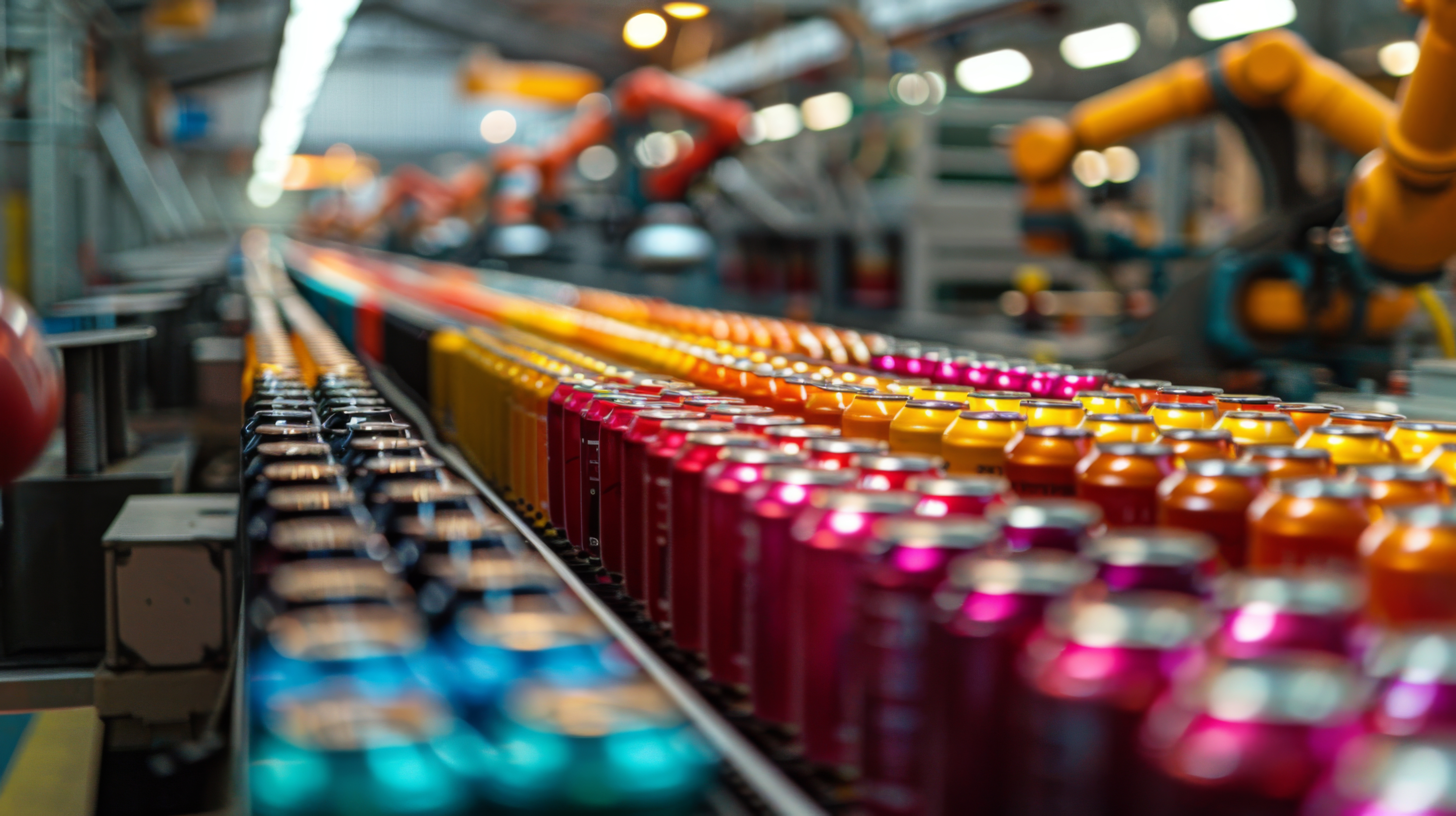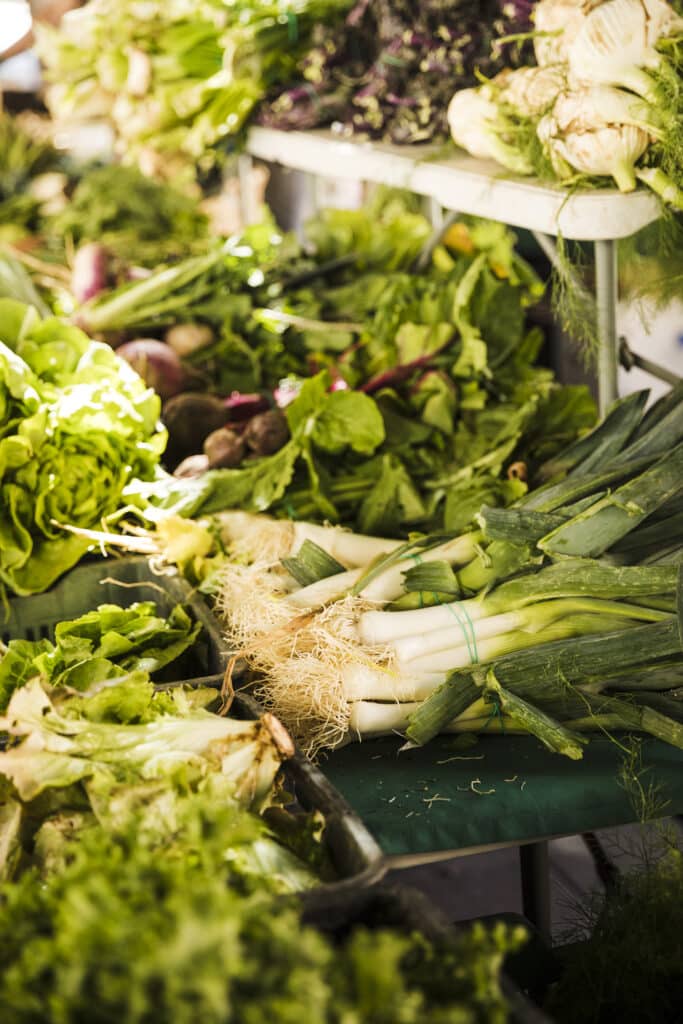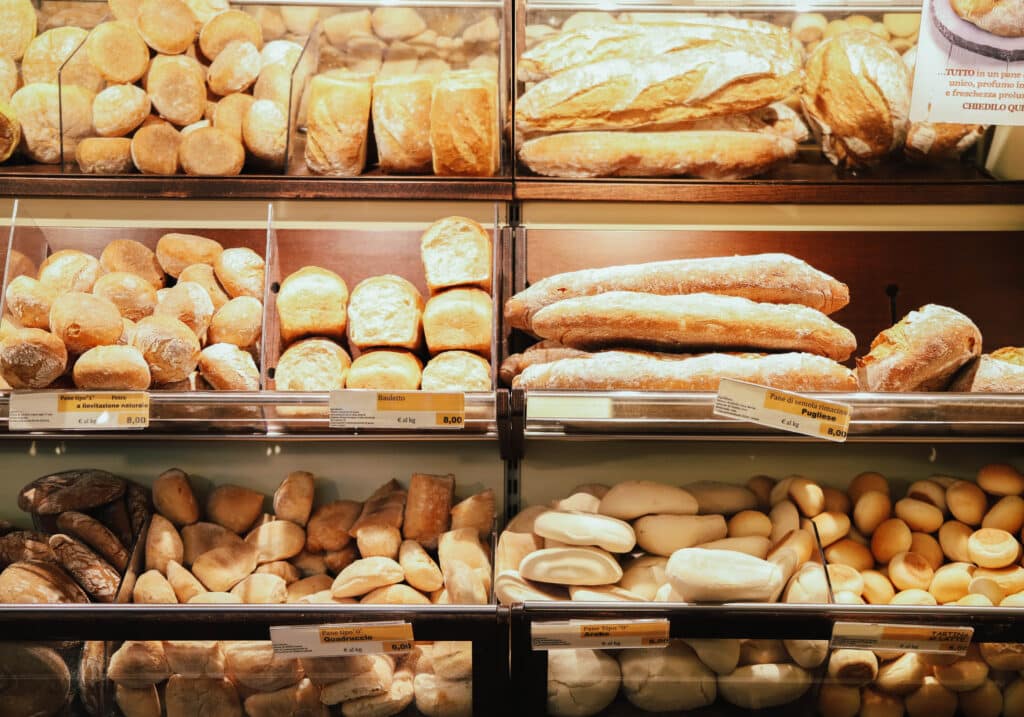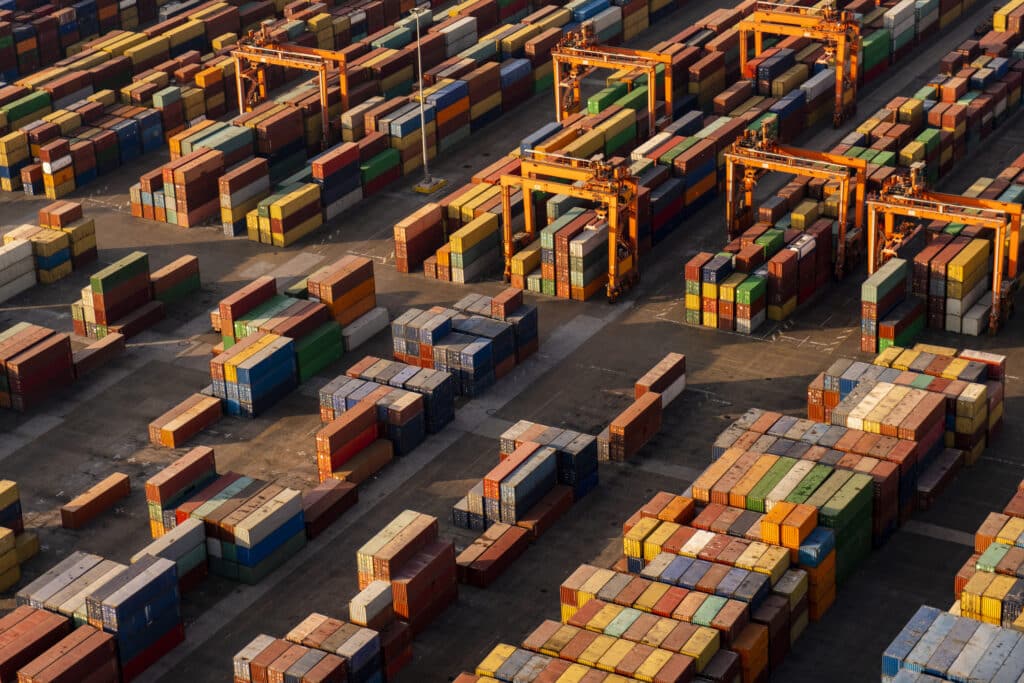With high labour costs, a small domestic market, and increasingly competitive global supply chains, many assume that “Made in Australia” FMCG is destined to go the way of local car manufacturing: respected, but relic. However, that assumption overlooks a changing competitive landscape where cost is no longer the sole benchmark.
Today’s most successful FMCG brands win on trust, responsiveness, resilience and ESG credibility; not just on margin. That shift opens new opportunities for Australian manufacturing, especially when embedded in flexible, hybrid sourcing models.
Shifting Perceptions: Who Really Cares About Origin?
The distinction between consumer sentiment and retail buyer priorities is critical. Consumers often express strong support for locally made products, but their actual behaviour varies widely by category.
In highly processed categories like confectionery, fewer than 15% of shoppers say country of origin influences their purchase decisions. Instead, taste, brand familiarity and perceived value take precedence. This contrasts with fresh food, where origin remains a strong driver; especially in meat and vegetables, where local sourcing is linked to quality and safety.
Retail buyers are even more pragmatic. In interviews across the sector, key procurement criteria were consistent: margin, volume, inventory performance and innovation. Country of origin ranked last. Retailers already rely heavily on imported goods for private label sourcing and show little resistance to origin shifts in non-fresh categories, provided service levels are maintained.
Rethinking the Offshore Advantage
Offshore production still plays a valuable role; particularly for price-sensitive SKUs and product launches where capital-light models matter. Many brands use offshore facilities to test innovation, consolidating freight to manage cost.
But offshoring is not without risk. The past decade has seen growing geopolitical instability; from Brexit to U.S.–China tariffs and war in Ukraine; adding volatility that can erode traditional savings.
Successful import models now require stronger S&OP capabilities, integrated planning and robust inventory strategies. Without them, long lead times and reduced flexibility can quickly impact shelf performance.
The Case for Local Manufacturing
Local production offers compelling benefits:
- Faster speed to market enables responsiveness to demand surges and seasonal peaks.
- Integrated innovation between R&D and production accelerates reformulation and pilot runs; more tailored to local tastes than generic offshore alternatives.
- Simplified compliance with labour and regulatory standards.
- Consumer trust: “Made in Australia” still signals authenticity and quality; especially in food.
While unit manufacturing costs are higher due to labour and energy, the total cost to serve may end up lower. Local production reduces working capital needs, freight spend and waste from long-haul shipping. Combined with speed-to-market and more relevant innovation, the local model can be commercially attractive; particularly for brand-critical SKUs.
It also supports regional jobs and boosts supply chain resilience. With over 40% of FMCG manufacturing jobs based outside metro areas, the impact of maintaining a local footprint extends beyond brand perception.
ESG Considerations: More Complex Than They Appear
Local sourcing is often seen as more sustainable, but this assumption oversimplifies the ESG equation.
Up to 93% of supply chain CO₂ emissions occur during manufacturing, not transport; making electricity source a key factor. Australia generates about 35% of electricity from renewables, similar to China’s 30%; so there’s limited emissions advantage purely on geography. New Zealand, by contrast, generates over 80% from renewables; demonstrating how location-specific ESG benefits can vary.
That said, social and governance factors often favour local manufacturing. It offers more control over labour practices, workplace safety, modern slavery compliance and waste management; areas harder to enforce offshore and increasingly under regulatory scrutiny.
Ultimately, ESG competitiveness depends less on where something is made, and more on how responsibly and transparently it’s produced.
The Role of Hybrid Sourcing and Third-Party Manufacturing
For most FMCG players, the most resilient strategy lies between extremes. A hybrid model balances cost, agility and ESG alignment across the portfolio.
- Local production suits high-volume, brand-critical SKUs or short shelf-life products needing fast response.
- Offshore production supports scale for commoditised or price-sensitive lines, or for niche innovation with uncertain demand.
- Third-party manufacturing (TPM), locally or overseas; offers capital-light flexibility to scale production without expanding internal capacity.
This approach enables adaptation at the SKU level, based on cost-to-serve visibility and value contribution. TPM also enables late-stage differentiation; importing in bulk and customising locally. For example, Ferrero ships Rocher chocolates from Europe, then packs them in Australia into seasonal gift formats; combining offshore efficiency with local responsiveness.
A Redefined Competitive Edge
In an era where cost no longer reigns unchallenged, competitiveness is being redefined. Brands that thrive align sourcing strategies with consumer values, operational resilience and measurable sustainability outcomes.
“Made in Australia” is no longer just a label. It’s a lever; for speed, trust and differentiation. But it works best when embedded in a broader sourcing strategy that recognises both its strengths and limitations.
The next wave of FMCG competitiveness won’t go to those who choose local or offshore; it will go to those who know when, how and why to use each.
Learn more about how Argon & Co helps FMCG businesses strengthen manufacturing performance. Visit our Manufacturing services page







